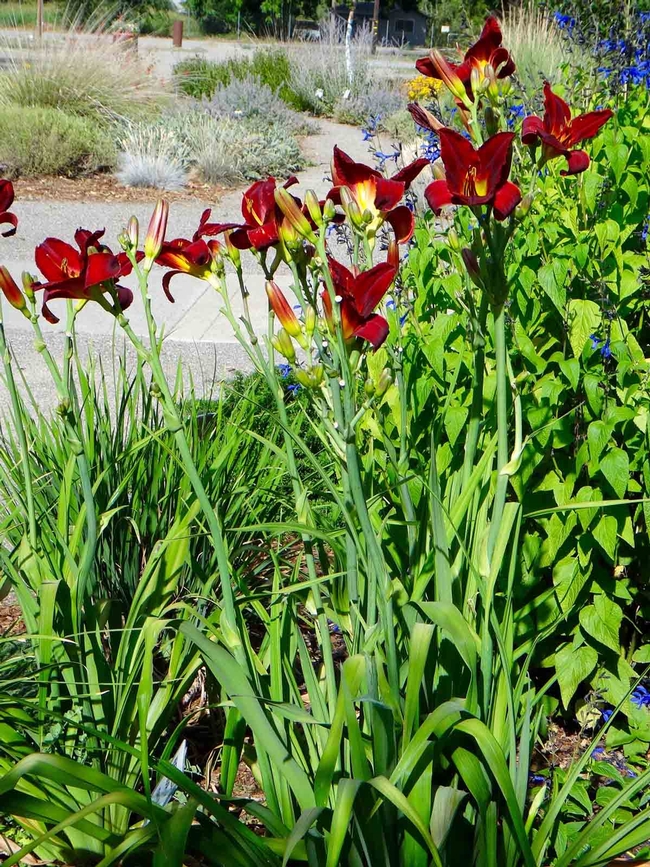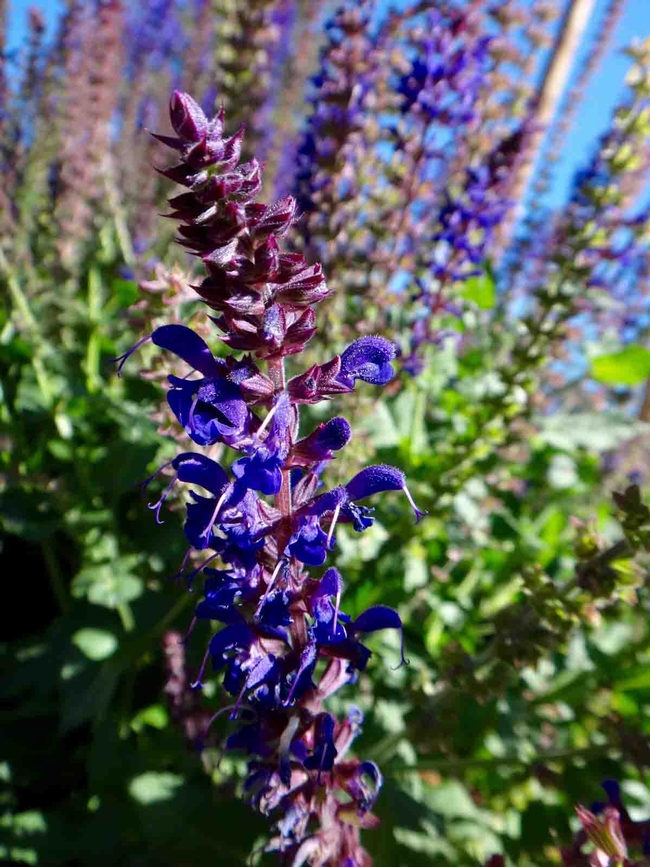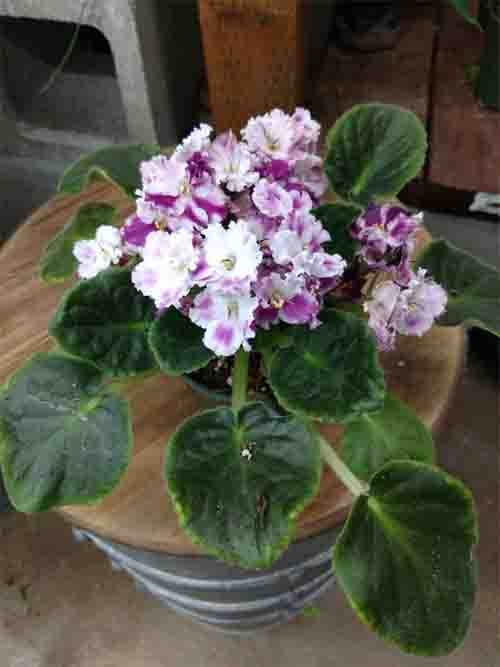When a plant produces seeds, gardeners celebrate the soon-to-be future plants. Seeds are a result of plant sexual reproduction. Plants can also reproduce by non-sexually “cloning” themselves. For example, some plants make a mass or crown of shoots from their roots or stems. This allows the plant to reproduce in a larger area in less time than seed production takes. Plants such as hydrangea and African violet can start copies of themselves from sections of leaves. Other plants, such as those in the salvia family, have a natural tendency to develop roots off their stems when the stems come in extended contact with soil and moisture.

Plants that form a mass (such as day lilies) can be divided, usually in the early spring, by using a sharp shovel to dig into the mass and separate it into parts to form new plants.
Plants that can be propagated via leaf cuttings (like African violets) can be started at any time by taking a leaf, setting it into soilless plant medium (such as perlite) and keeping it moist, but not wet.
Hydrangeas can be propagated in the spring by pruning off nonflowering shoots that have two to three leaves. Remove the leaves directly above a node (a leaf-growing bump on the stem). To use a stem, clip the center leaves and the leaf tips of the two remaining leaves. Fill five-inch pots with rooting medium; and press the cuttings into the medium, keeping the leaves above the soil surface. Water and place under plastic or glass to make a humid environment. Old cracked aquariums can serve as “greenhouses” for cuttings. Place the Hydrangea cuttings in bright filtered light. Once roots develop, a new hydrangea is ready.


UC Master Gardeners of Butte County are part of the University of California Cooperative Extension (UCCE) system. To learn more about us and our upcoming events, and for help with gardening in our area, visit our website. If you have a gardening question or problem, email the Hotline at mgbutte@ucanr.edu or leave a phone message on our Hotline at (530) 538-7201. To speak to a Master Gardener about a gardening issue, or to drop by the MG office during Hotline hours, see the most current information on our Ask Us section of our website.